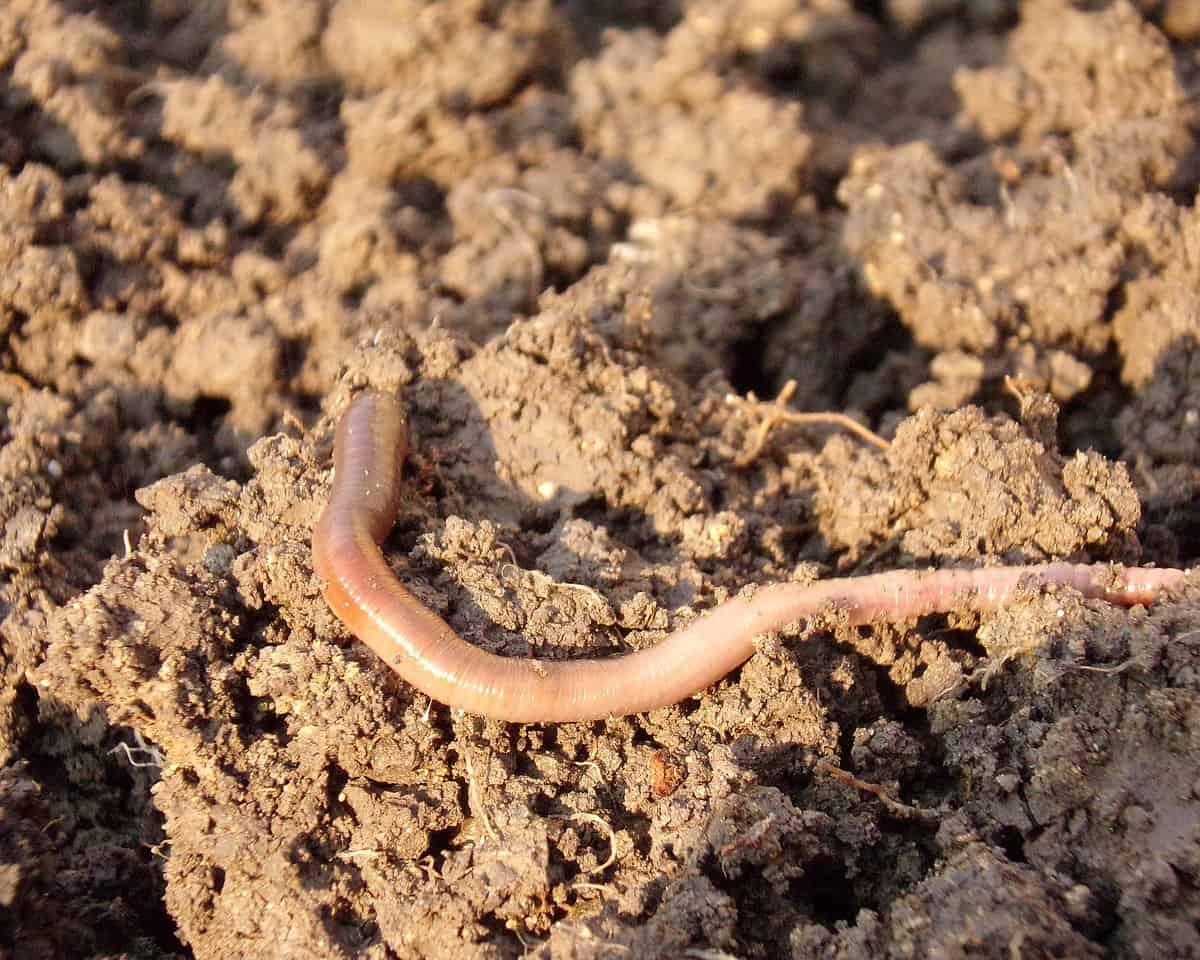Darwin said that earthworms, rather than dogs, deserve the title of man’s best friend, and for the home gardener, this couldn’t be truer. Earthworms, lombrices de tierra in Spanish, are extremely beneficial in the transformation of organic material into nutrients for plants.
Worm compost, or vermicompost, has five times more nitrogen, seven times more phosphorus, 11 times more potassium and twice the calcium of the raw organic material processed by the worms. Vermicompost enriches soil with plant nutrients and microorganisms, as well as adding plant hormones and enzymes.
It also attracts deep-burrowing earthworms already present in the soil and improves the physical structure of soil and its water-holding capacity. No wonder gardeners consider vermicompost the best of organic fertilizers.
Recycling your organic kitchen and landscaping wastes with earthworms has another important function: It helps reduce the burden of landfill refuse. It’s estimated that 40 percent of our landfill waste is organic material.
Starting your own worm-composting unit is easy and inexpensive. The best design I’ve found is made from a recycled plastic barrel (without a lid), which can be found across the country in drum outlets called estañoneras.
Cut an access door on the top side of the barrel about 45 centimeters wide and 55 centimeters long. Next, screw on three strips of wood to the top of the door. Now make six five-centimeter holes in the lid for air circulation and add a fine screen to keep insects out of your worm hotel.
Finally, add a 2.5-centimeter drain hole on the opposite side of the barrel, directly at the bottom of the curve. Add a standard plastic drainpipe used for bathroom sinks. You’ll also need a stand for the unit, which can be built from leftover wood or a fancier metal frame.
Place your new worm composter in a cool, shady area and cover it to prevent rain from entering. Add recycled plastic cups or cans filled with water under each leg to prevent ants from invading the unit.
Now you are ready for the occupants. The right worms for the job are called red wigglers (Eisenia foetida), which you may find locally. Check with local agricultural supply stores and the Agriculture and Livestock Ministry (MAG) office in your hometown.
For best results, I’d suggest two to five kilos of worms to begin.
Add a five-centimeter layer of sand to the bottom of the barrel for good drainage, then a layer of soil about 10 centimeters deep. Next, place the worms on the soil and begin adding weekly layers of “bedding” or organic kitchen waste for them to dine on. On top of the organic waste, add a 7.5-centimeter layer of grass clippings (pesticide-free), weeds, leaves or soil, which helps eliminate odors.
Don’t add cat or dog manure, meat and poultry scraps or citrus rinds. Finally, sprinkle four to eight liters of water into the barrel each time you add new material to keep the worm unit moist.
Once the barrel is full, it will take about two to three months for the organic material to completely decompose. Many gardeners have two or three units, so that, as the full barrel is being digested, a new barrel can be filled. In this fashion, you will have a continuous supply of worm compost throughout the year for building your garden soil.
When a barrel is completely digested by the worms, you can empty the rich, odorless compost onto a sheet of plastic and separate the worms, which can go back into the barrel to continue the process.
Vermicompost can be mixed 50-50 with your potting soil or garden soil or used as a top dressing for your plants for a great fertilizer.
It can also be used to make compost tea by mixing two kilos of vermicompost in 19 liters of water. Steep the solution for a number of hours, strain and use as a liquid fertilizer.
The dark brown liquid that drains into the bottom of your barrel is also an excellent liquid fertilizer.
Worm compost has made my gardens bloom and grow abundantly. I hope you’ll try this unique, eco-friendly method, too.

